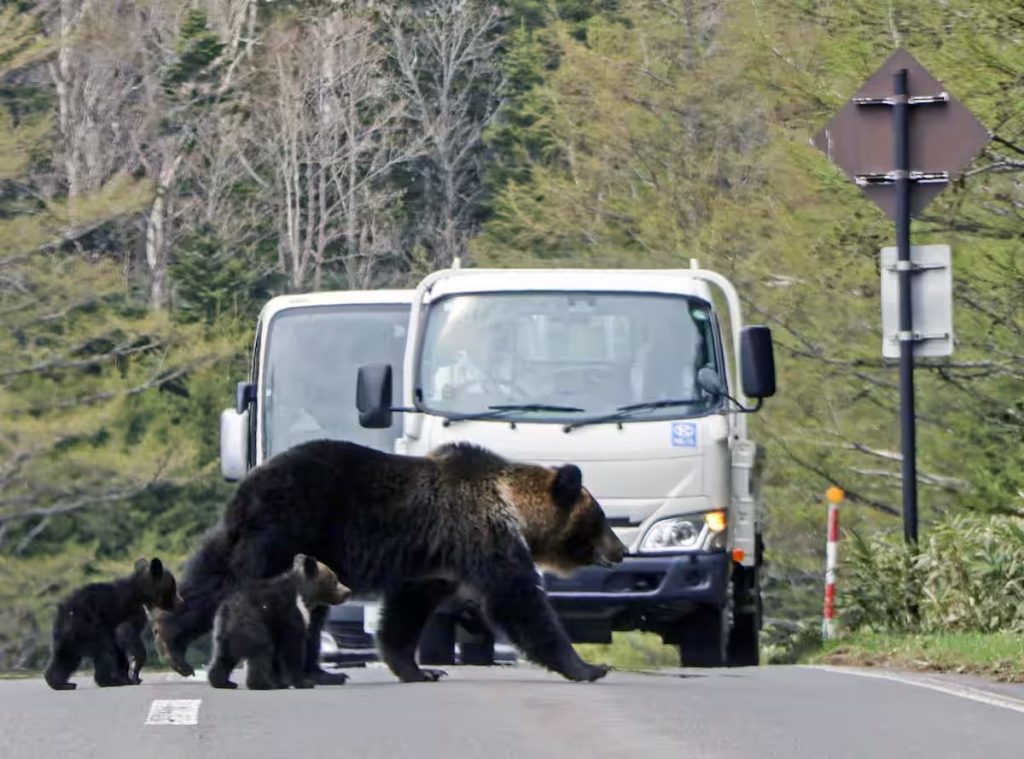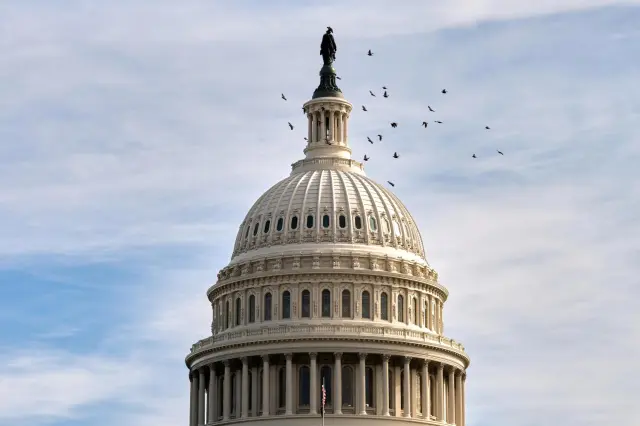JAPAN’S RECORD BEAR ENCOUNTERS SPUR NATIONWIDE SAFETY DRIVE

What’s pushing bears into towns
Japan is logging historic highs in bear sightings and attacks as early cold snaps and poor mast crops push animals toward farms and suburbs. In Fukushima’s Iizaka hot-spring district, a bear roamed for hours overnight, shuttering businesses until it slipped away before dawn. Police and municipal hunters are ramping patrols near orchards and riverbanks; signboards now flash wildlife warnings alongside traffic updates. Officials say most incidents stem from surprise encounters, not predation, but any meeting can turn dangerous—especially if cubs are nearby. Aging rural populations and overgrown buffer zones give animals cover at the urban edge.
How authorities and residents are adapting
Prevention is the priority. Towns are trimming vegetation near schools, installing motion lights, and tightening garbage rules to cut attractants. Farmers are stringing portable electric fencing to protect persimmons and sweet potatoes. Hiking groups advise traveling in clusters, making noise, and carrying whistles. National guidelines allow targeted shooting in urban areas as a last resort, but relocation remains difficult; bears often return or fail to adapt. Data sharing among prefectures helps map corridors so fences and patrols go where they matter most. Longer term, insurance for farm losses and subsidies for netting can reduce pressure for lethal control. Education—seasonal alerts, neighborhood drills, and clear reporting apps—remains the most scalable tool.



















